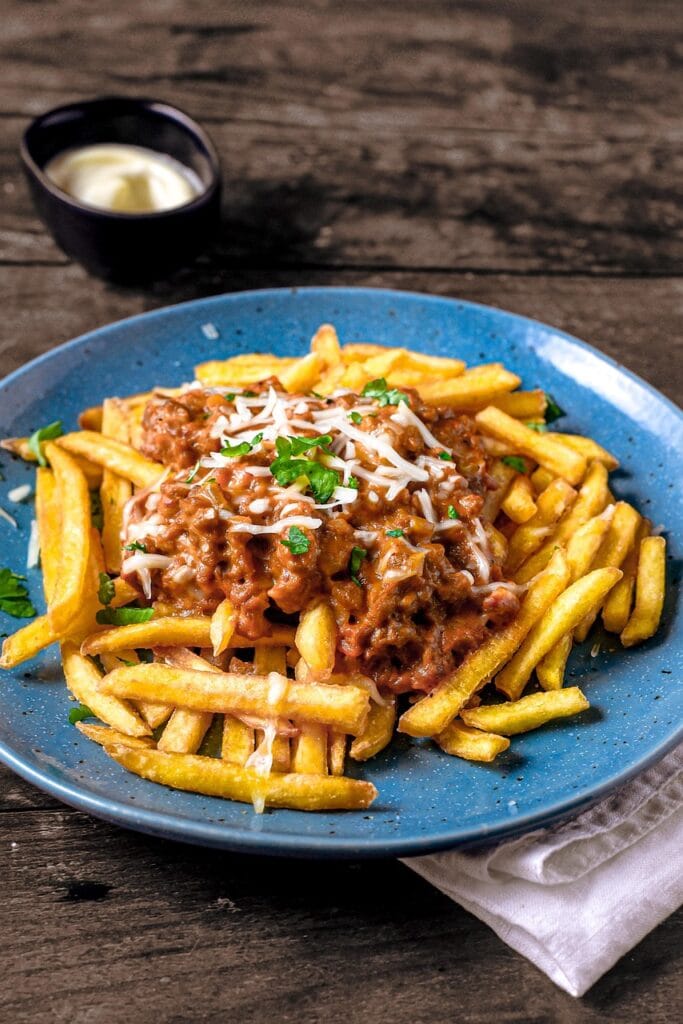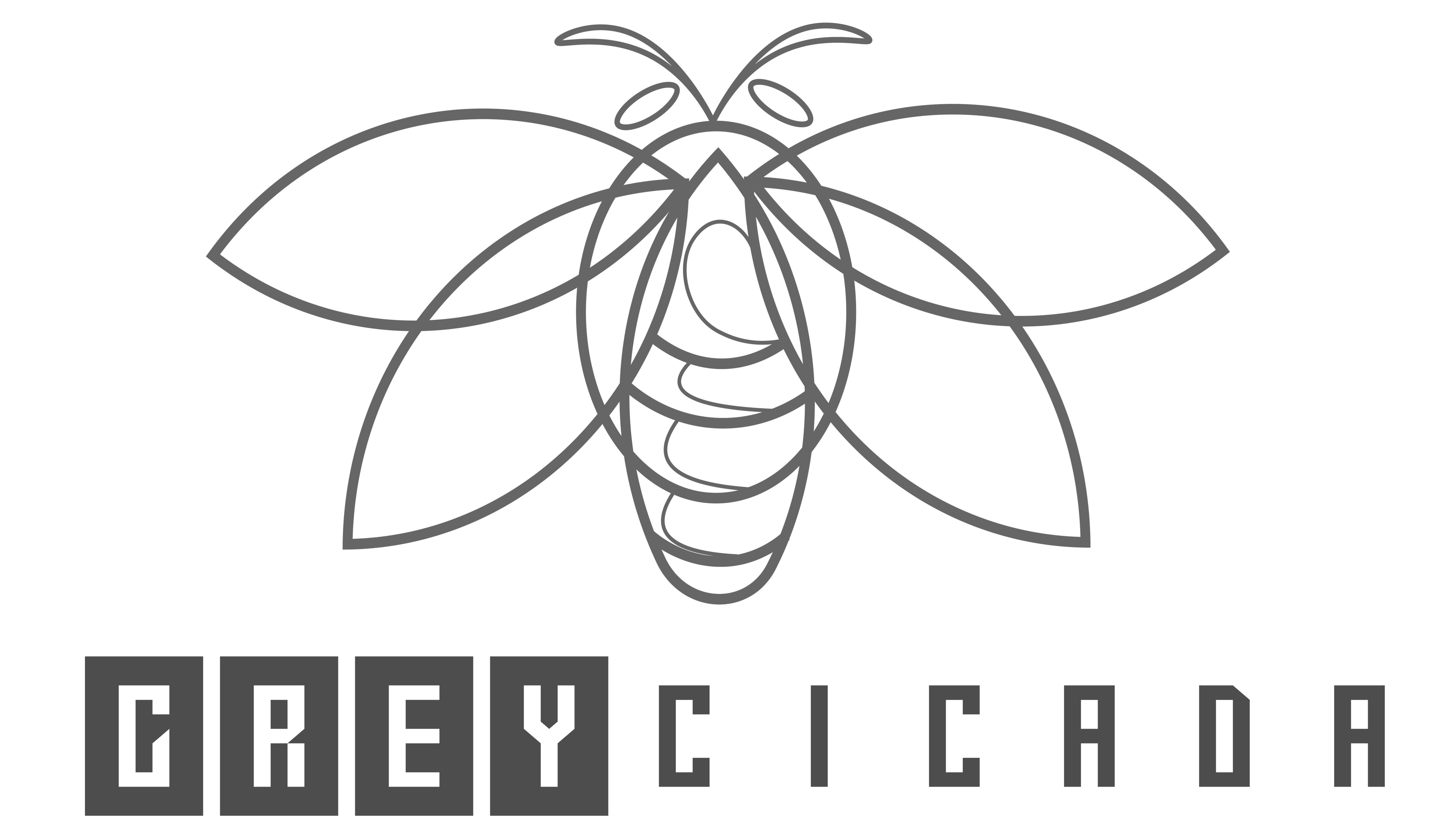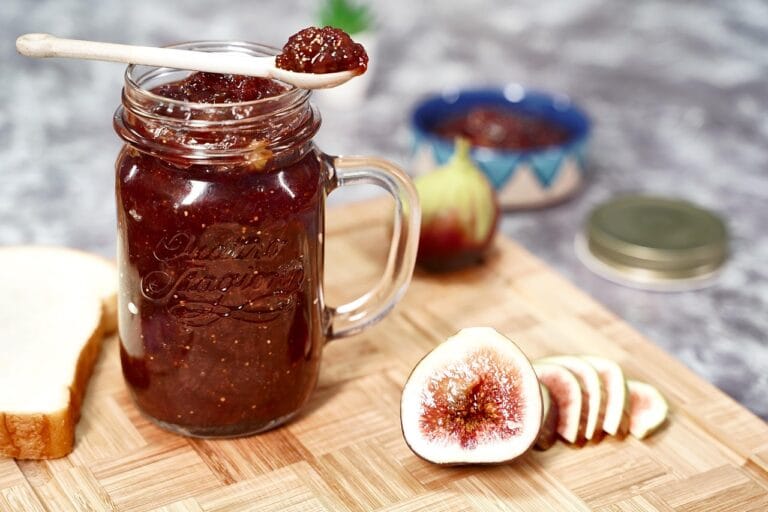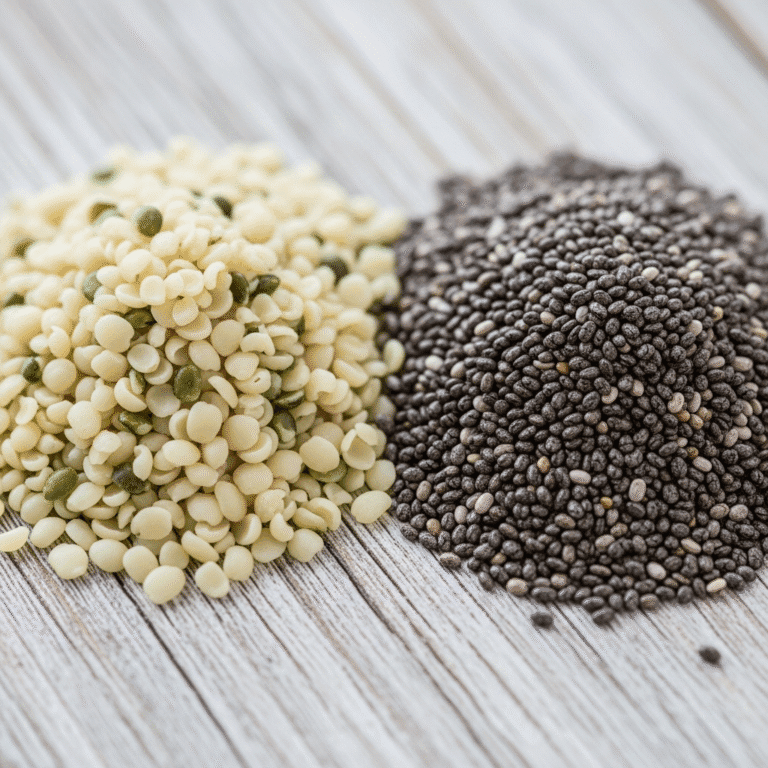FREE SHIPPING OVER $50
Craving Fries? This Science-Backed Potato Hack Helps You Avoid Blood Sugar Spikes

It’s a classic dilemma. You’re craving a plate of crispy fries or a fluffy baked potato loaded with toppings. Your mouth is watering, but a voice in the back of your mind says, “Don’t do it.” We’ve been conditioned to believe that potatoes are a nutritional villain, a starchy carb that will send our blood sugar skyrocketing, leading to an inevitable energy crash. This is especially true if you are mindful of your health or managing a condition like pre-diabetes.
But what if you didn’t have to choose between satisfying your craving and protecting your health? What if there was a simple, science-backed hack that could transform a high-glycemic carb into a blood sugar-friendly food? The solution is not what you think. It doesn’t involve a magical supplement or an expensive diet. It’s a trick that happens in your very own kitchen and changes the fundamental structure of the potato.
The Problem with Carbs: The Science of Blood Sugar Spikes
To understand the solution, you first need to understand the problem. A potato is a starchy carbohydrate, which means it is essentially a long chain of sugar molecules. When you eat a freshly cooked potato or a batch of hot fries, your body quickly breaks down these starches into glucose. This rapid influx of glucose into your bloodstream causes a blood sugar spike.
While a blood sugar spike might not seem like a big deal, it can have consequences. It can lead to an energy crash, feelings of fatigue, and increased hunger. Over the long term, frequent blood sugar spikes can contribute to insulin resistance, weight gain, and other more serious health issues. This is why many health-conscious individuals avoid potatoes and other starchy foods.
The Secret Ingredient: Resistant Starch
The solution to the potato problem lies in a powerful, often-overlooked nutrient called resistant starch. Resistant starch is a type of fiber that, as the name suggests, “resists” digestion in the small intestine. Instead of being broken down into sugar, it travels to your large intestine, where it acts as a prebiotic, feeding the good bacteria in your gut.
This has several incredible health benefits:
- No Blood Sugar Spike: Because resistant starch isn’t broken down into sugar, it doesn’t cause a spike in your blood sugar levels.
- Improved Gut Health: It promotes a healthy gut microbiome, which is essential for overall health and a strong immune system.
- Increased Satiety: It helps you feel fuller for longer, which can be a valuable tool for weight management.
- Improved Insulin Sensitivity: Over time, a diet rich in resistant starch can help your body become more sensitive to insulin, which is crucial for blood sugar control.
So, how do you get more of this magical nutrient from a potato? The answer is a simple kitchen science experiment.
The Potato Hack: A Simple Kitchen Science Experiment
This simple hack is a process called “retrogradation.” It’s a fancy science word for what happens when you cook a starchy food and then cool it. When a potato is cooked, its starches gelatinize and become easily digestible. But when you cool it, those starches re-crystalize and change their structure, turning a significant portion of the digestible starch into resistant starch.
The result? The freshly cooked potato that would have caused a huge blood sugar spike is now a blood sugar-friendly food.
Here’s exactly how you do it:
- Step 1: Cook Your Potatoes. Bake, boil, or roast your potatoes as you normally would. You can do a big batch to last you for a few days.
- Step 2: Let Them Cool Completely. This is the most crucial step. Place the cooked potatoes in the refrigerator and let them cool for at least 12 hours, or even better, overnight. Do not skip this step!
- Step 3: Reheat Gently. Once the potatoes are cold, you can reheat them. The key is to do it gently. You can warm them up in the microwave, bake them in the oven, or even cut them up and add them to a stir-fry. Avoid re-frying them in a lot of oil, as that can add a lot of unhealthy fats and calories.
The beauty of this hack is that the resistant starch remains even after the potato has been reheated. It’s a simple change that completely transforms the nutritional impact of the food.
How to Apply This Hack to Your Favorite Potato Dishes
You can use this hack on almost any potato dish. This means you don’t have to give up your favorite comfort foods!
- For Fries: Make a batch of homemade baked fries or sweet potato fries. Let them cool in the fridge overnight. The next day, you can reheat them in an air fryer or oven to get them crispy again. You can enjoy your fries without the blood sugar guilt.
- For Mashed Potatoes: Make a big batch of mashed potatoes and store them in the fridge. When you want some, you can scoop out a portion and reheat it in the microwave or on the stovetop. The resistant starch will still be there.
- For Potato Salad: A potato salad is a naturally blood sugar-friendly dish because it’s made with cooled potatoes. You can make a batch with a healthier dressing for a delicious, nutrition-packed side.
- For Roasted Potatoes: Roast your potatoes for a meal, and save the leftovers. The cooled, roasted potatoes can be cut up and added to salads or stir-fries for a quick nutrition boost.
The Long-Term Impact
This potato hack is a powerful tool, but it’s also a lesson in nutrition and science. The concept of resistant starch applies to other starchy foods as well.11 You can use the same cooking-and-cooling method on rice, pasta, and beans to increase their resistant starch content.
By embracing this simple change, you are not just getting to enjoy potatoes again. You are also:
- Improving Your Gut Health: You are feeding the good bacteria in your gut, which is a cornerstone of overall health.
- Gaining Better Energy: By avoiding the blood sugar spike and crash, you can enjoy more stable energy levels throughout the day.
- Supporting Your Metabolism: A diet rich in resistant starch can help with insulin sensitivity and weight management.
Conclusion
You don’t have to give up your favorite foods to be healthy. The feeling of guilt that comes with eating a starchy comfort food like fries is rooted in a valid nutrition concern, but that concern can be addressed. By understanding a little bit of food science and using a simple hack, you can transform a classic carb into a health-friendly food. It’s a powerful reminder that with a little knowledge, you can take control of your nutrition and finally enjoy the foods you love, without the consequences.
Related Articles
- Tired of Feeling Hungry Before Lunch These 10 Breakfast Hacks Pack Serious Fiber and Protein
- Bananas or Plantains? One Packs More Nutrients—And It’s Not What You Think
- Forget the Injections—Doctors Are Buzzing About This Sugar Alternative That Could Mimic Ozempic for Fat Loss
- She Lost 15 Inches of Dangerous Belly Fat and Reversed Diabetes—Doctors Say You Can Too
- Still Struggling to Lose Weight? These 6 Everyday Habits Might Be the Real Problem



